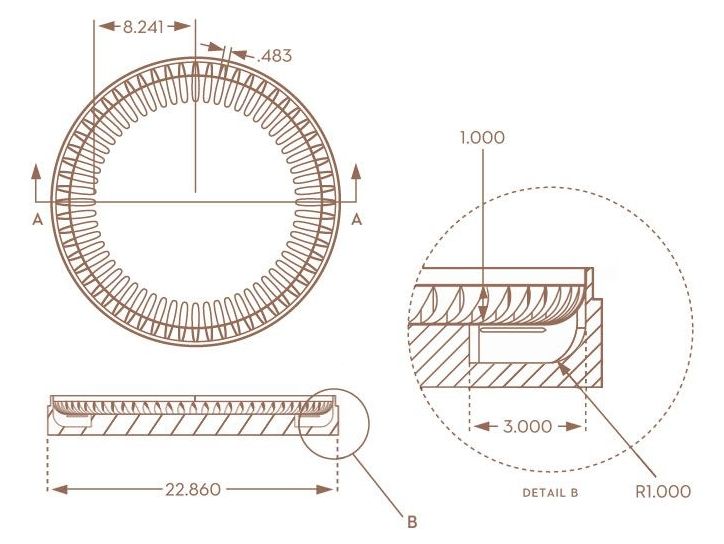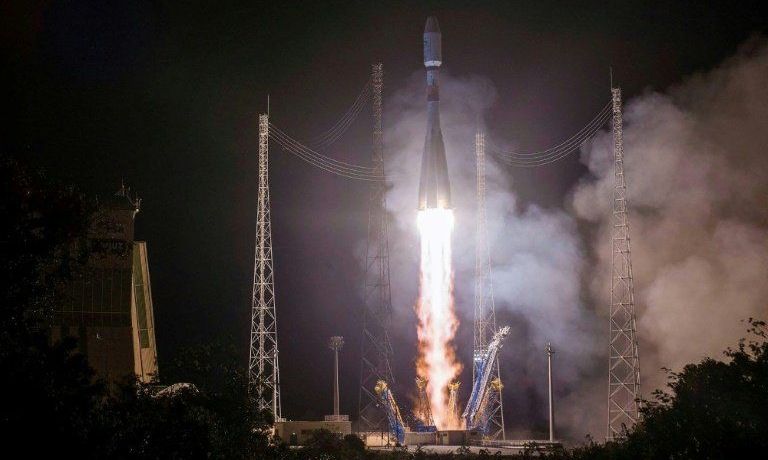The technology needed for mining water ice on the moon and converting it into fuel is pretty straight forward. Various groups are already making the actual needed hardware. Paragon Space Development and Giner are already making key pieces of what is needed. If we are making large amounts of fuel on the moon then we are massively lowering the cost of all missions in space. The cost of anything from higher earth orbit and beyond becomes several times cheaper.
After the D-day invasion, the Allies made a temporary port. We need to move beyond thinking science missions to working on logistics and supply chains.









